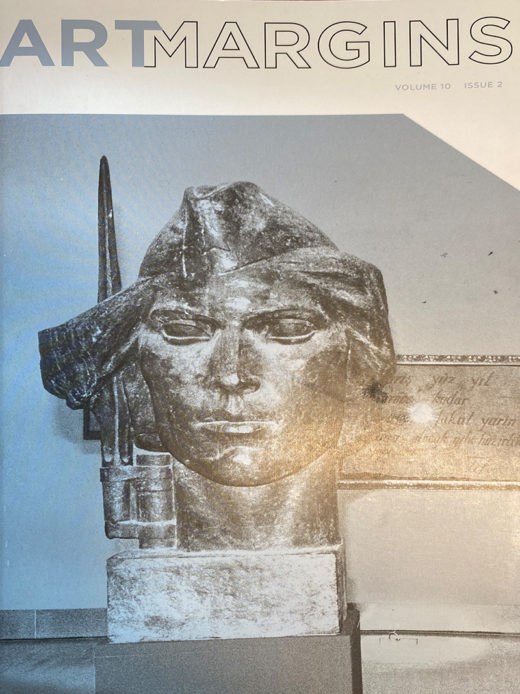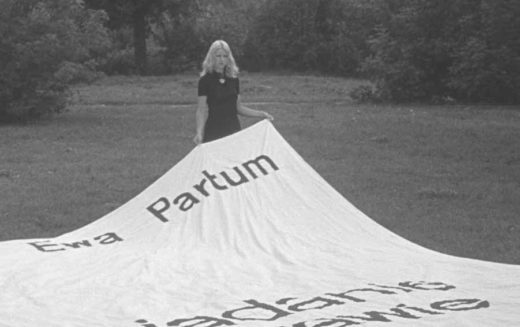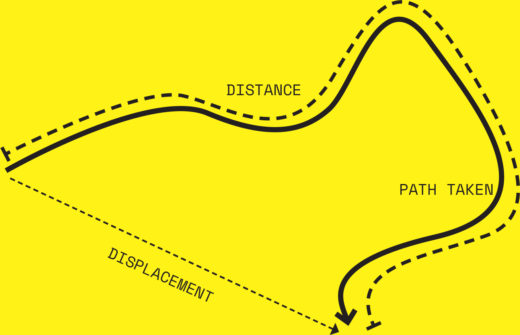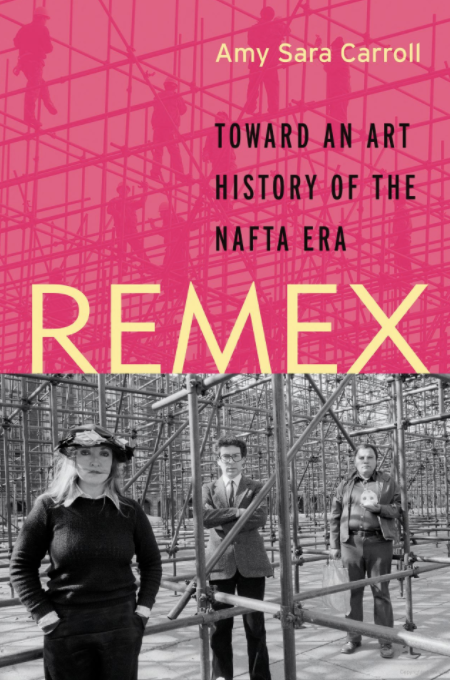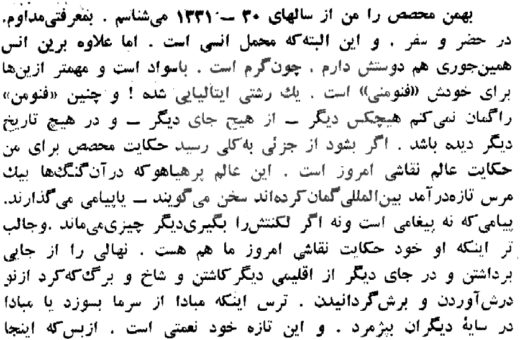From the Editors
The devastating effects of the worldwide Covid-19 pandemic have poignantly laid bare, once again, the limits of our capacity to act together and cooperate, even in the face of imminent threats to human survival on this planet. Unsurprisingly, deeply ingrained market mechanisms have ensured, both institutionally and ideologically, that international competition rather than solidarity determined the rhythm and mode of the fight against the global pandemic. Beyond and besides the very necessary measures to prevent contagion, the current crisis further accelerated the proliferation of borders, walls, and checkpoints (physical and otherwise) that have been more effective at segregating humans than … Read more

